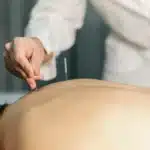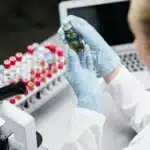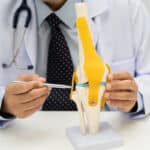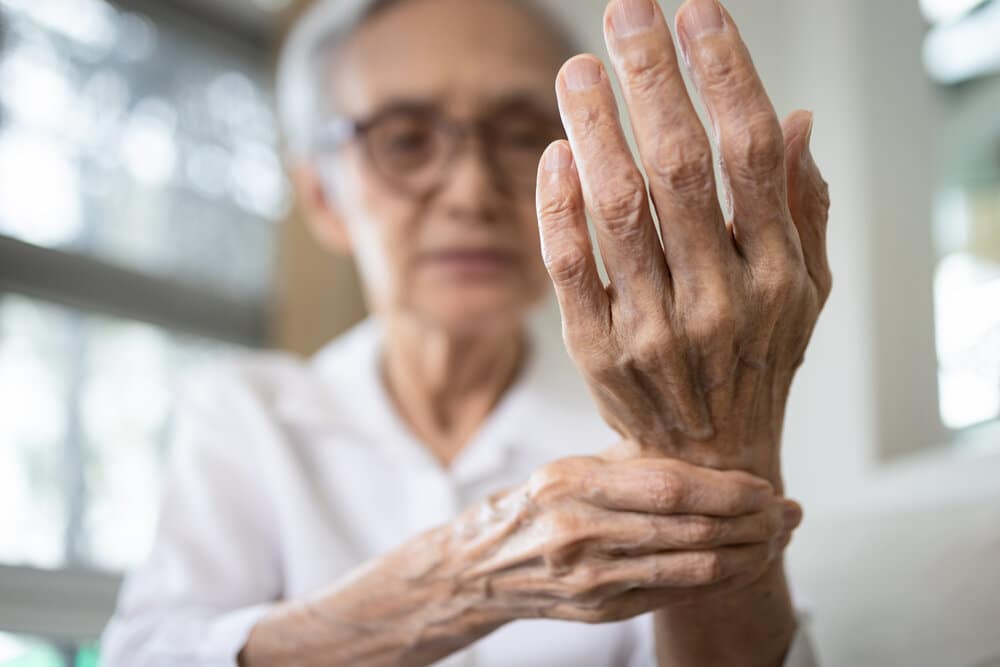
Cracking joints and knuckle popping is an interesting phenomenon that is poorly understood. There are many theories as to why joints crack or pop, but it is simply unknown why.
In general, painless joint cracking is not damaging. But common sense would generally suggest that deliberate and repetitive joint cracking is socially disturbing and physically distressing when pain is caused.
The joint “cracking” may be caused by negative pressure, such as when the knuckles “crack,” which pulls nitrogen gas into the joint temporarily. Tissue tendons snapping through their gliding paths can also hear cracking sounds due to minor adjustments. This can happen when your muscles get older and the action changes.
If cracking accompanies pain, the joint structures, such as the loose cartilage or the wounded ligaments, may be underlying abnormalities. Some patients with arthritis in knuckles (inflammation of the joints, usually painful) and snapping of irregular swollen tissue may be aware of “cracking” sounds. The osteoarthritis treatment and the relation between knuckle popping will take time to understand.
How Do Your Knuckles Crack?
The knuckles are sometimes called metacarpophalangeal articulations (MCPs), located where the fingers meet the hands.
-
The clicking, cracking, popping, or snapping of a small gas bubble when your knuckles are cracking.
-
A finger, forced to move forward or to reverse, forced or drawn immediately off the hand to cause a cracking sensation (the doctor calls this hyper-bending or hyper-extension in a metacarpophalangeal joint). Any such movements can cause a pressure change in the joint. The changes in pressure lead to the formation of small gas bubbles in the joint fluid.
-
Whether cracking noise is produced by bubbles or when bubbles are formed is not obvious.
-
The dissipation and reversal of the joint’s bones in their normal positions normally take 15-20 minutes. That is why you can’t crack the same knuckle twice in a row.
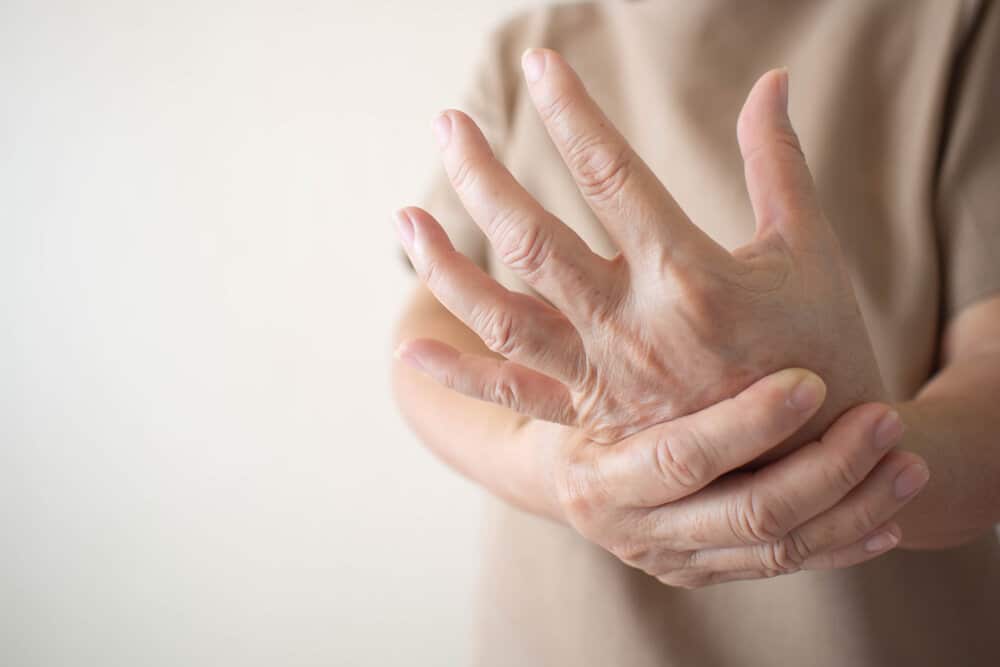
Knuckle-Cracking Side Effects:
Research suggests that individuals who often crack can have:
-
More hand swelling
-
Weak grip
-
A slightly larger range of movements in the hand although hypermobility seems good puts osteoarthritis and other injuries at risk for a joint.
Signs of changes in cartilage in your junction indicate potential scarring and a greater risk of osteoarthritis.
Since it needs more studies, you can ask your doctor for osteoarthritis treatment for guidance at Oklahoma Spine & Pain Management.
**Disclaimer: This content should not be considered medical advice and does not imply a doctor-patient relationship.


